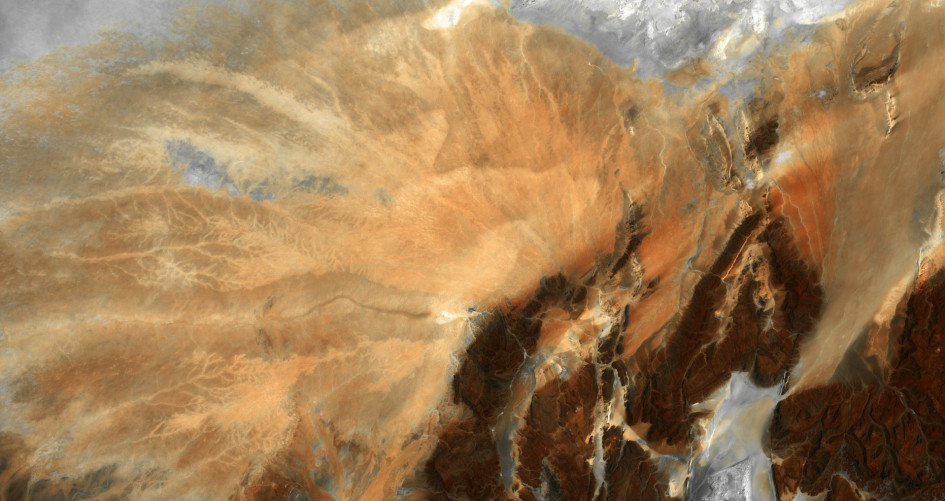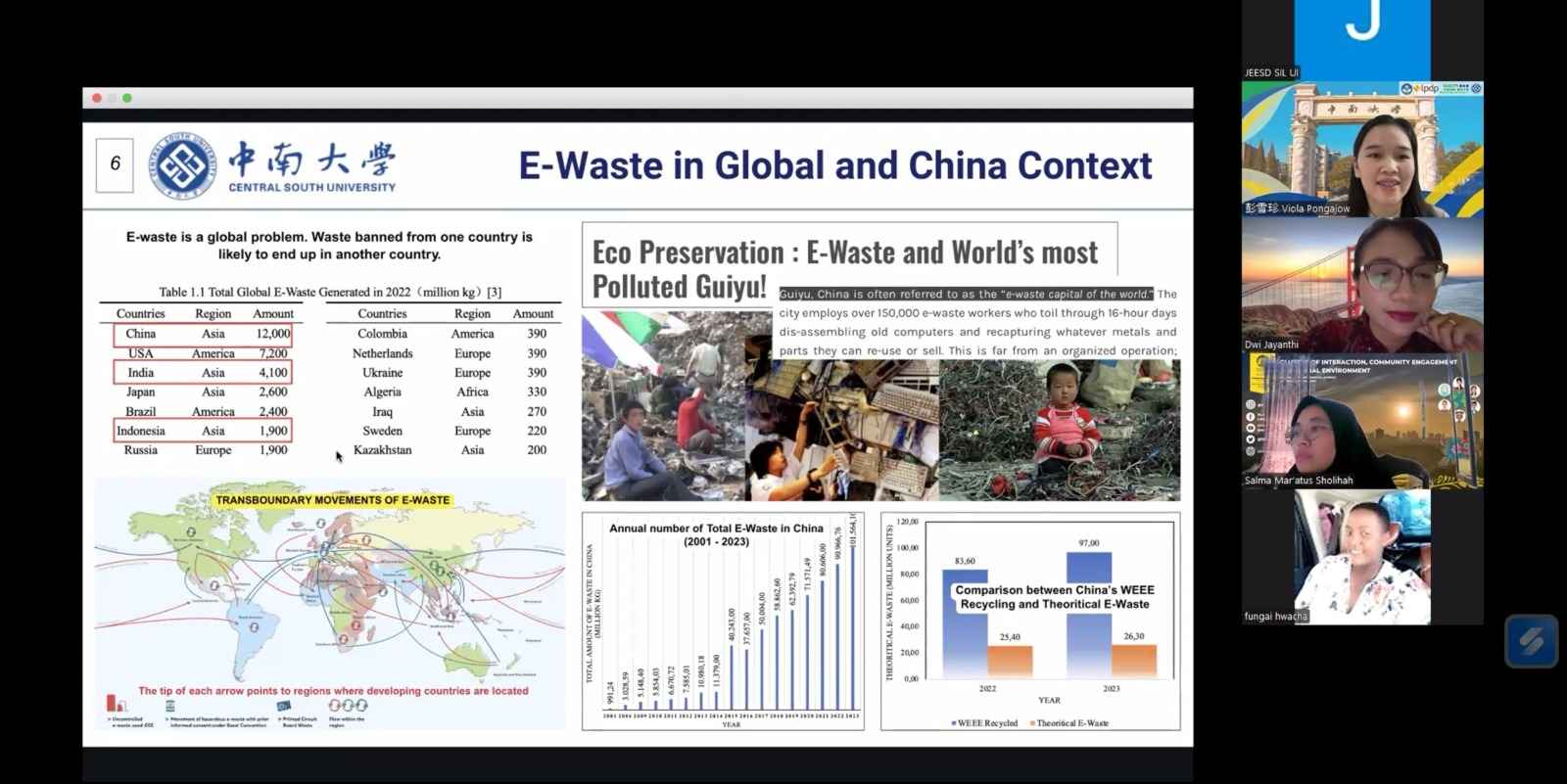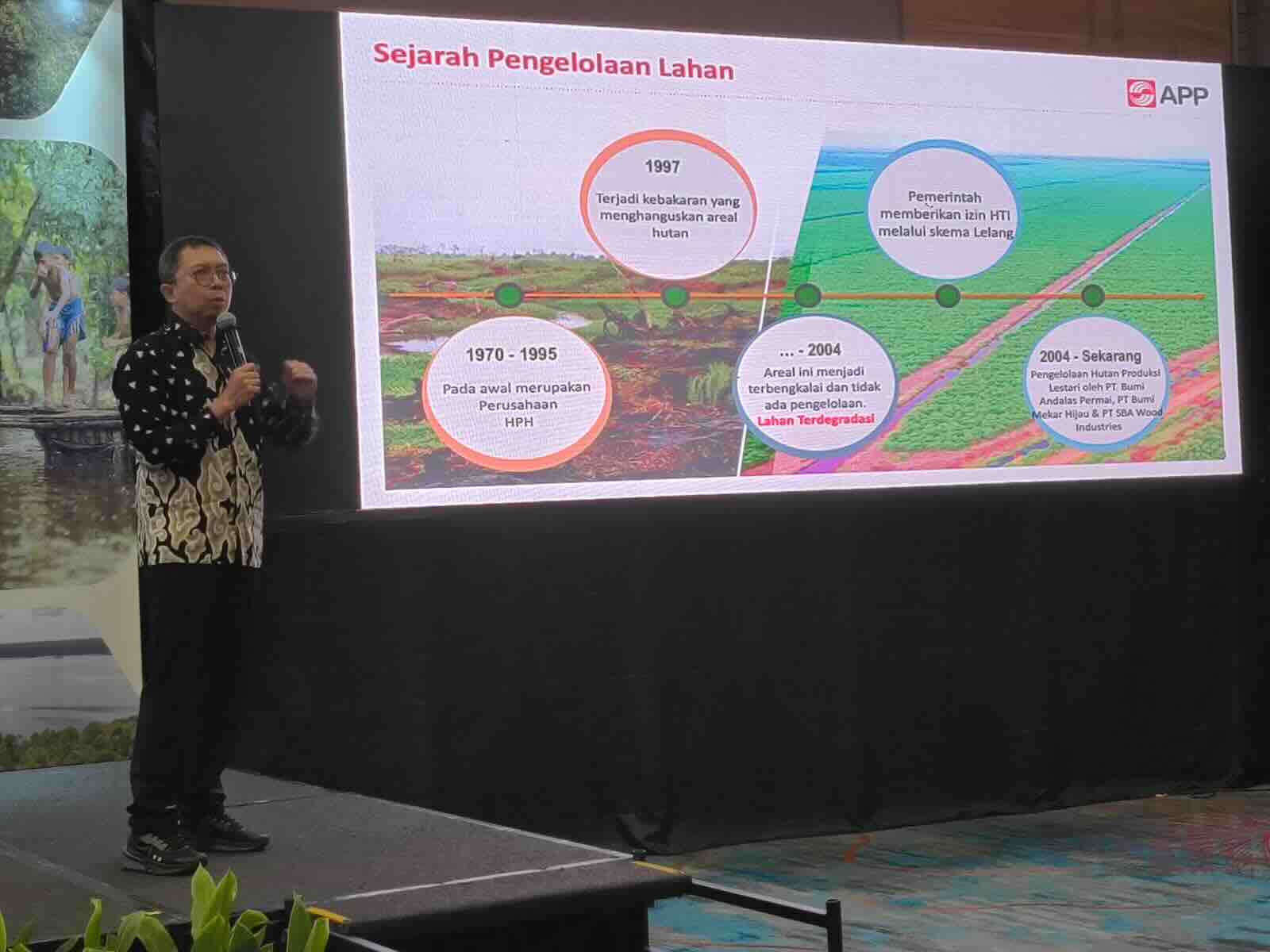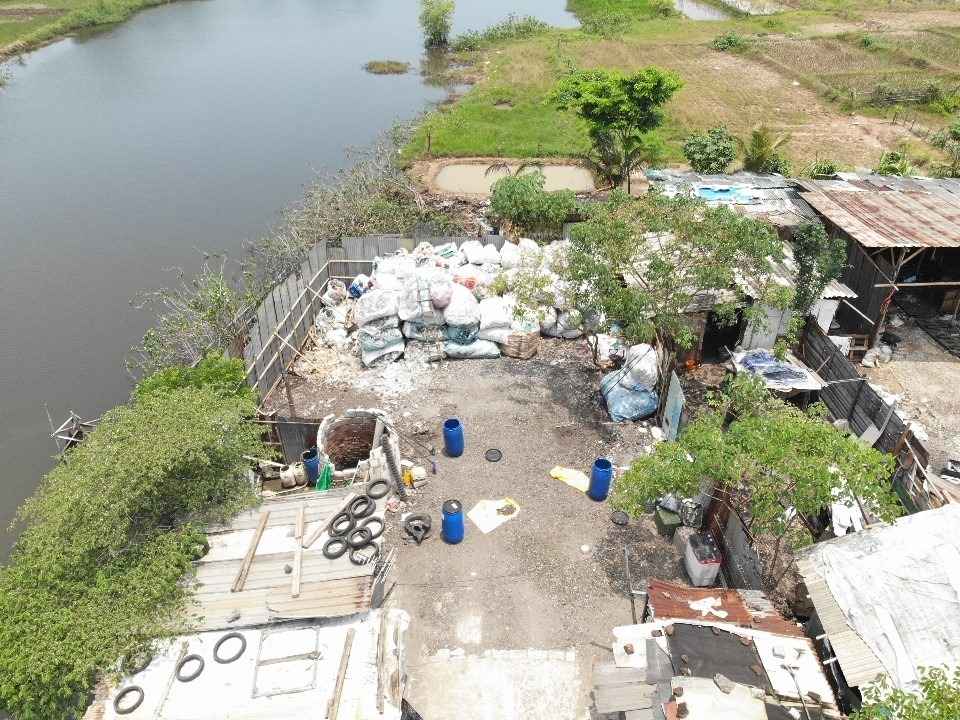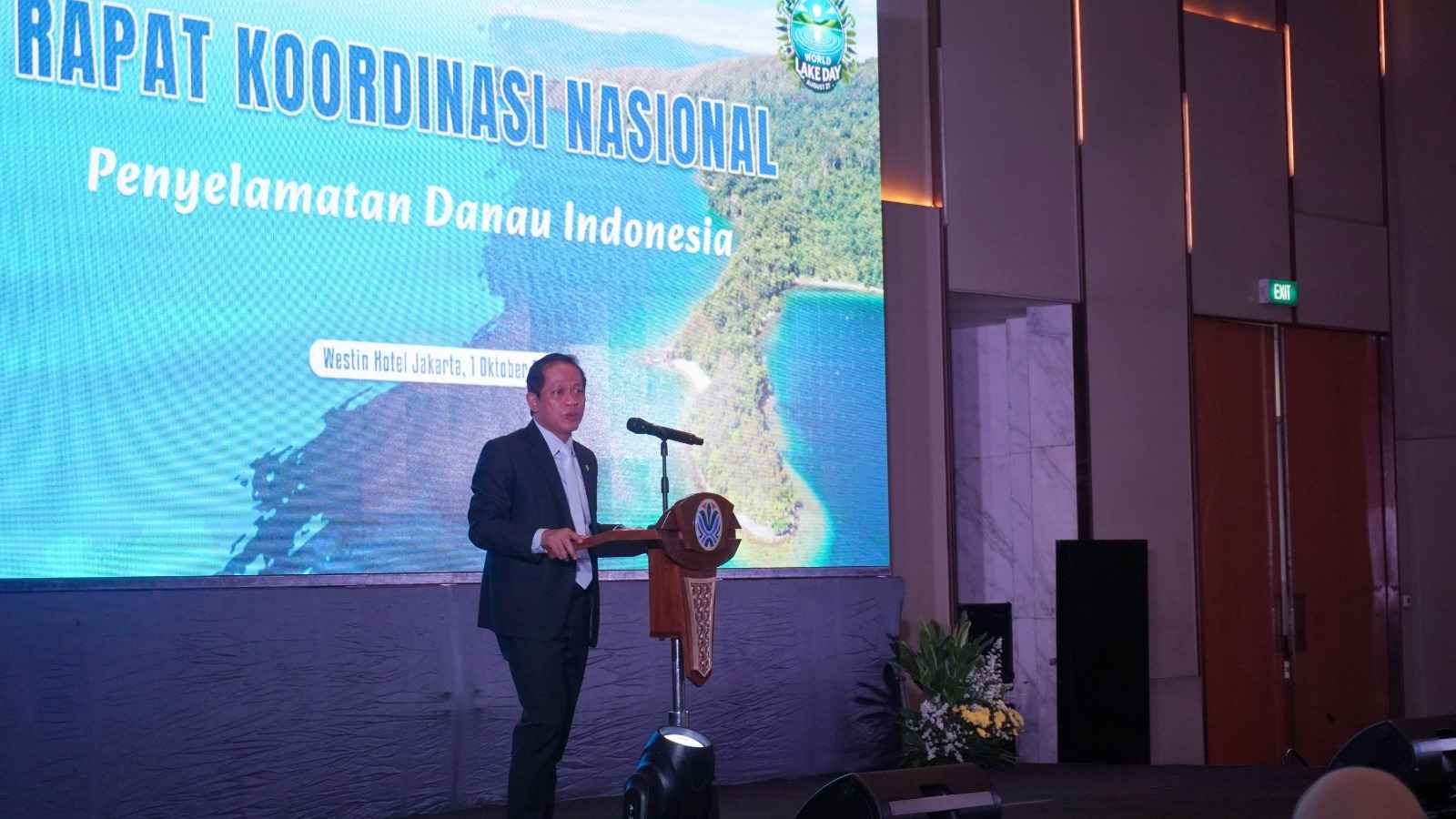Enviro News Asia, United Stated – The United Nations has designated the years 2025 to 2034 as the Decade on Combating Sand and Dust Storms, addressing a critical environmental and health challenge that impacts millions worldwide. These storms, which damage crops, disrupt transportation, cause respiratory illnesses, and reduce solar power efficiency, are driven partly by natural processes and partly by human activities such as land degradation, deforestation, and unsustainable agriculture.
The UN Climate Change Secretariat supports countries through its Coalition on Combating Sand and Dust Storms by enhancing resilience efforts. It provides technical assistance for the development and implementation of national adaptation plans, especially under initiatives like NAP 3.0, targeting least developed countries and small island developing states to submit plans by 2025. The organization also aids countries in integrating sand and dust storm priorities into their national climate strategies and reporting frameworks under the Paris Agreement.
The Decade initiative aims to increase prevention, mitigation, and regional cooperation in the countries most affected by these storms. The United Nations General Assembly mandates this effort, spearheaded by a coalition of 20 UN entities. The initiative will include high-level events in 2025 such as interregional forums and Coalition meetings, with ongoing reviews planned for UN forums through 2029.
Coalition members, meeting in Geneva earlier this year, agreed on a unified UN strategy to build national capacities, share knowledge, and align actions with global climate, disaster risk, and sustainable land management agendas. They emphasized multisectoral, cross-border solutions and encouraged severely affected countries to act as “Champions of the Decade.”
At a recent High-Level Meeting on sand and dust storms conducted by the UN General Assembly, leaders emphasized the need for improved early warning systems supported by science, enhanced cooperation across sectors, and alignment with sustainable development goals. Adaptation efforts related to sand and dust storms are expected to contribute significantly to global adaptation goals and climate resilience frameworks. (*)




